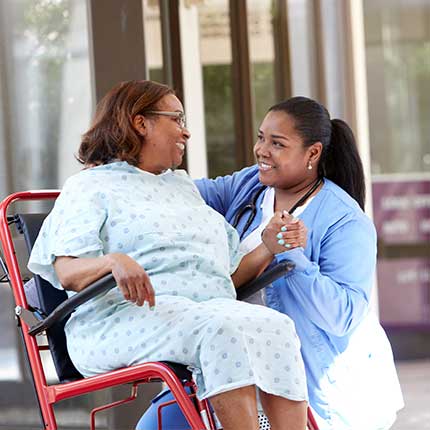Healthy Living
Know What to Do to Prevent Fires and Burns
As temperatures begin to drop and winter approaches, home heater use also increases. So it’s a good time to be thinking about fire prevention and safety. According to the National Fire Protection Association (NFPA), cooking equipment is the leading cause of home structure fires and fire injuries, followed by heating equipment. Other causes include smoking (another reason to quit), electrical problems and children playing with fire and candles. In fact, fire is the third leading cause of death for children ages 1 to 14.
What You Can Do to Prevent and Protect Against Fires: 17 Tips
In time for Fire Prevention Week, the National Safety Council® advises the following to prevent a fire in your home:
- Keep children at least 3 feet away from anything hot, including candles, space heaters and stove-tops.
- Have an annual inspection of your furnace or heating system.
- Never leave cigarette lighters or matches where children can reach them, and don’t play with lighters or matches if children are nearby (they may imitate your behavior).
- Check electrical appliances for loose or frayed cords and turn off after use.
- Lamps and nightlights should not touch any fabrics, such as bedspreads or drapes.
- Always supervise children around the stove, oven and microwave.
- Keep candles out of reach of children and pets, curtains and furniture and never leave candles unattended.
- Keep space heaters out of walking paths and away from children, pets and beds.
- Newspapers, magazines and fabrics should not be within 3 feet of a space heater.
- Keep your fireplace clean and only burn wood – papers and other materials can escape while burning and ignite something nearby.
- Make sure the fireplace fire is completely extinguished before leaving the room.
- Practice Home Fire Drills at least twice a year with everyone in your home and time them (for help, download the free Make Safe Happen mobile app with instructions and a drill timer).
- Install both types of smoke alarms (ionization and photoelectric) and carbon monoxide alarms; change the batteries at least once a year in these devices.
- Know two ways out of every room in the home.
- Plan and practice an escape route and agree on a meeting place outside of your home; be prepared to assist young children, special needs family members and pets.
- Learn how to use your fire extinguisher.
- If your clothes catch on fire, stop, drop and roll.
The keys to fire safety and prevention are being prepared, having a plan, and acting quickly if a fire should break out. If someone is burned or inhales smoke, call 9-1-1 or seek medical attention immediately.
First Aid for Minor Burns
For minor burns, do not apply butter or ointments – this can actually increase the severity of the burn. Also, do not break blisters; it makes the burned area more vulnerable to infection. Cooling the burn is recommended by holding it under cold running tap water until free from pain. Or, by cooling with a cold compress and then covering with a sterile nonstick dressing and a loosely wrapped bandage.
If you are unsure of the severity, seek medical attention at an Emergency department or urgent care facility.



